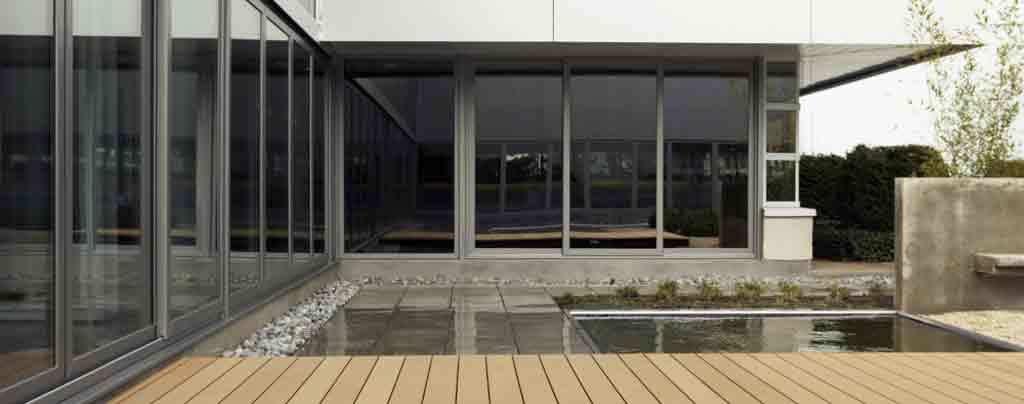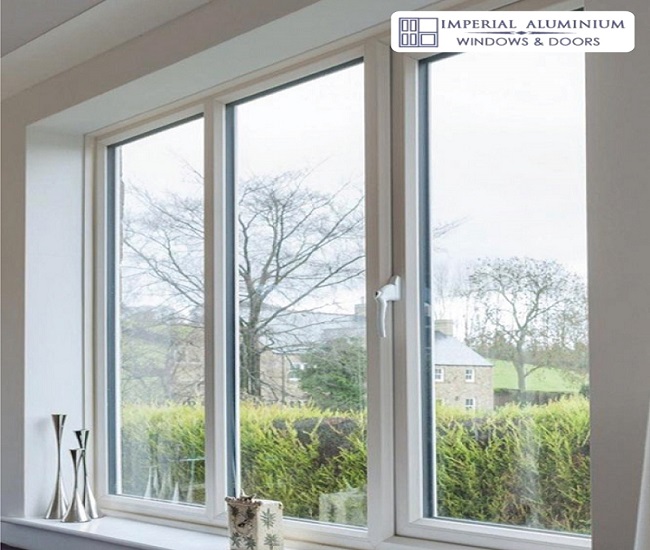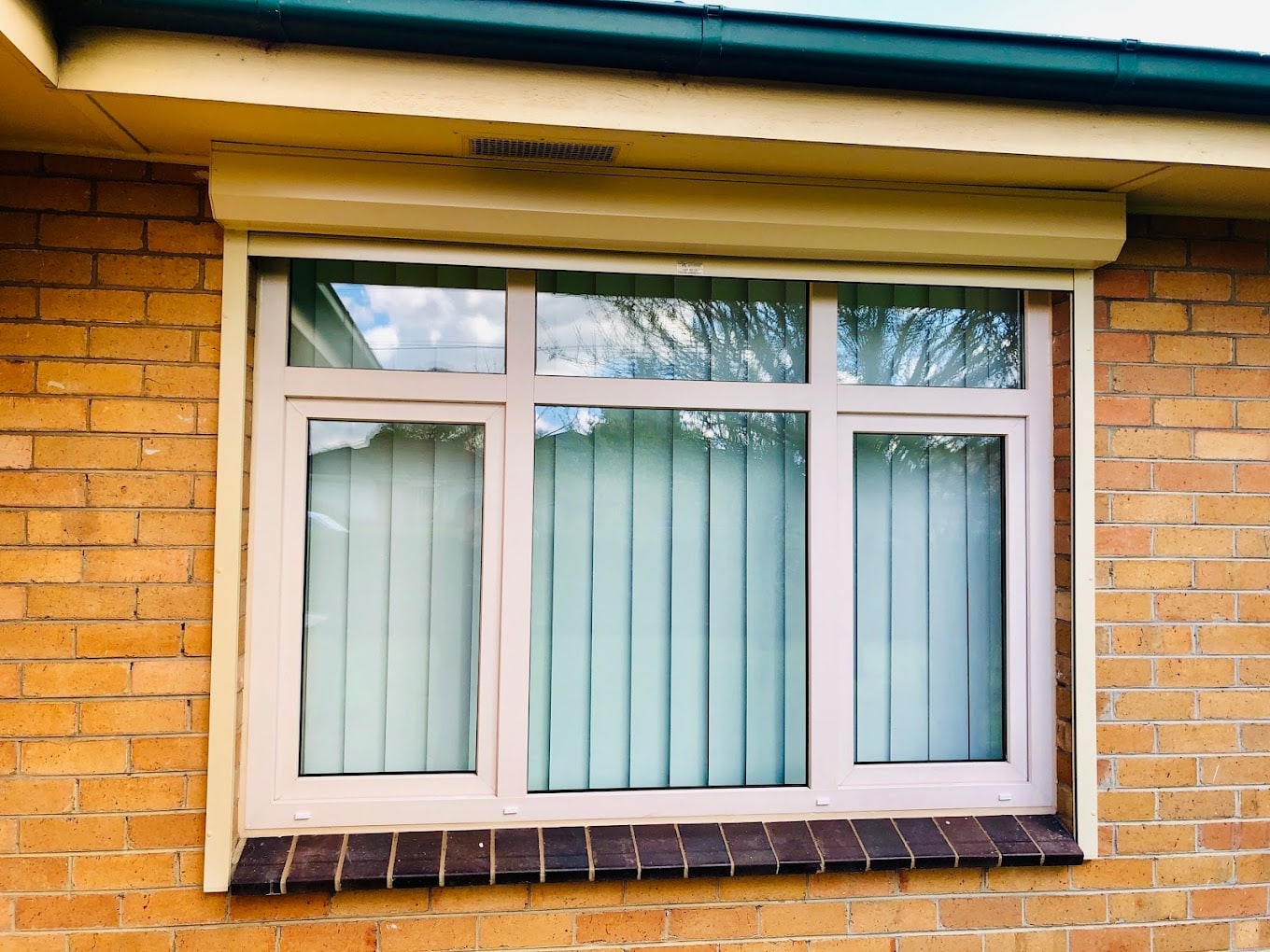All Categories
Featured
Table of Contents
Home Window Glazing - Sustainability Victoria in West Perth Perth
Glazing merely suggests the windows in your home, consisting of both openable and fixed windows, in addition to doors with glass and skylights. Glazing in fact just means the glass part, but it is normally utilized to describe all aspects of an assembly including glass, movies, frames and furnishings. Taking notice of all of these aspects will help you to achieve reliable passive design.

Energy-efficient glazing makes your house more comfortable and drastically lowers your energy costs. Inappropriate or improperly created glazing can be a significant source of undesirable heat gain in summer season and considerable heat loss and condensation in winter season. Up to 87% of a home's heating energy can be acquired and as much as 40% lost through windows.
How Double Glazing Can Help Keep Your Home Cool In ... in Iluka Perth
Glazing is a substantial investment in the quality of your house. The cost of glazing and the cost of heating and cooling your house are carefully related. An initial investment in energy-efficient windows, skylights and doors can significantly minimize your yearly heating & cooling costs. Energy-efficient glazing also lowers the peak heating and cooling load, which can reduce the required size of an air-conditioning system by 30%, causing additional cost savings.

This tool compares window choices to a base level aluminium window with 3mm clear glass. Understanding some of the essential residential or commercial properties of glass will assist you to select the finest glazing for your house. Key residential or commercial properties of glass Source: Adapted from the Australian Window Association The quantity of light that passes through the glazing is referred to as noticeable light transmittance (VLT) or noticeable transmittance (VT).
The Science Behind Double Glazed Windows in Attadale Perth
The U value for windows (revealed as Uw), explains the conduction of the whole window (glass and frame together). The lower the U worth, the higher a window's resistance to heat flow and the better its insulating value.
If your house has 70m2 of glazing with aluminium frames and clear glass with a U worth of 6. 2W/m2 C, on a winter's night when it is 15C cooler outside compared with indoors, the heat loss through the windows would be: 6. 2 15 70 = 6510W That is comparable to the total heat output of a large space gas heater or a 6.
The Science Behind Double Glazed Windows in Carine Western Australia

If you choose a window with half the U worth (3. 1W/m2 C) (for example, double glazing with an argon-filled gap and less-conductive frames), you can halve the heat loss: 3. 1 15 70 = 3255W The solar heat gain coefficient (SHGC) for windows (revealed as SHGCw) determines how easily heat from direct sunlight flows through a whole window (glass and frame together).
The lower a window's SHGC, the less solar heat it transmits to your home interior. Glazing makers state an SHGC for each window type and style. Nevertheless, the real SHGC for windows is impacted by the angle that solar radiation strikes the glass. This is known as the angle of occurrence.
Stay Cool This Summer With Double Glazed Windows - Aaa Glass in Forrestdale WA
When the sun is perpendicular (at 90) to the glass, it has an angle of occurrence of 0 and the window will experience the optimum possible solar heat gain. The SHGC stated by glazing producers is constantly determined as having a 0 angle of occurrence. As the angle increases, more solar radiation is shown, and less is transmitted.
Latest Posts
Faq in Bedfordale Perth
What Are Double Glazed Windows? - Build in Duncraig Western Australia
Single Glazed Vs Double Glazed Windows - Ultimate Guide in Kensington Perth